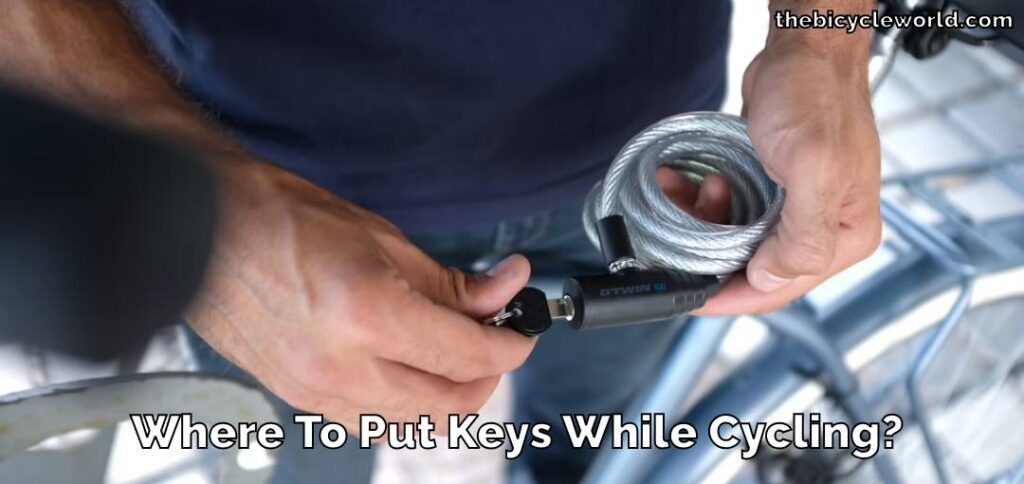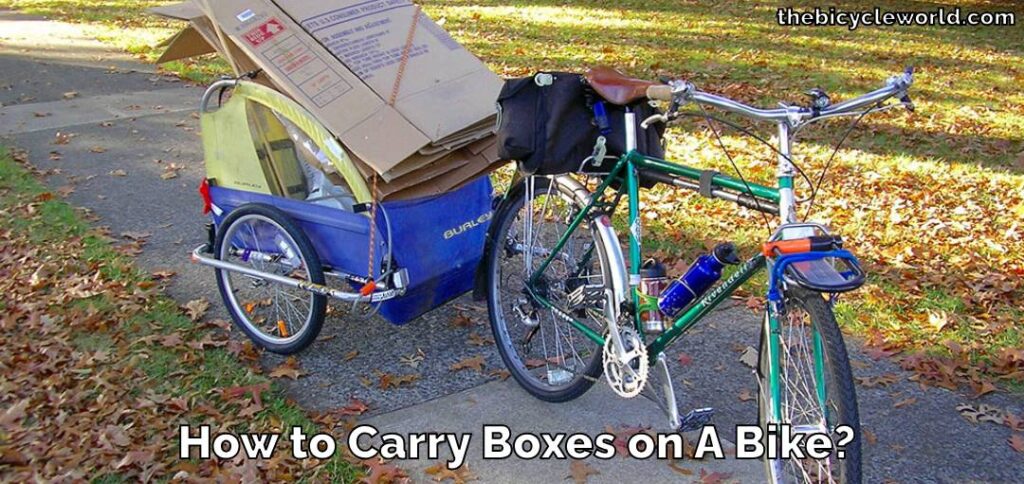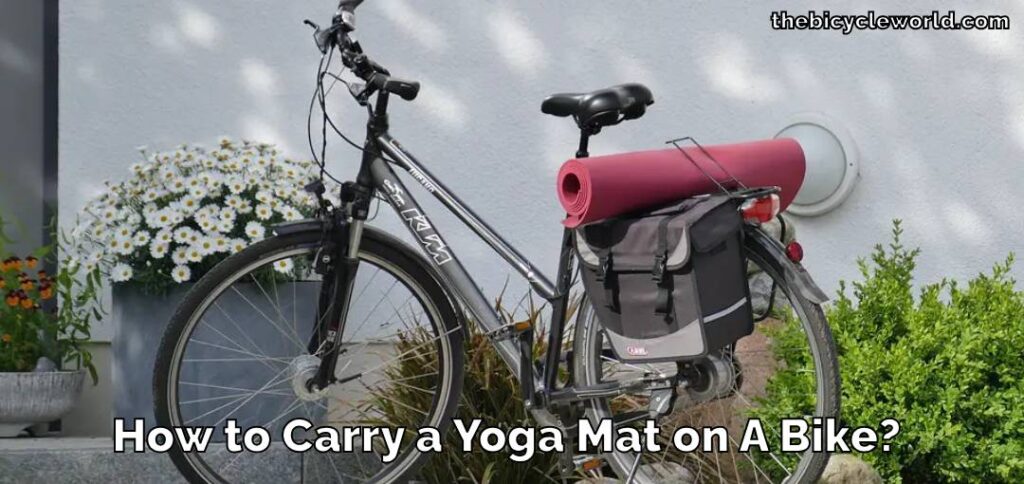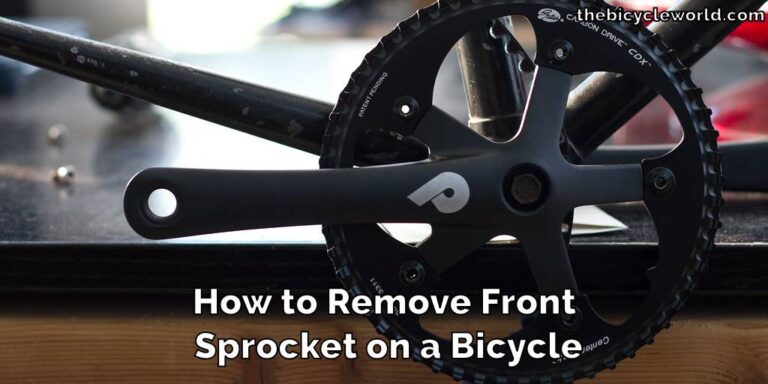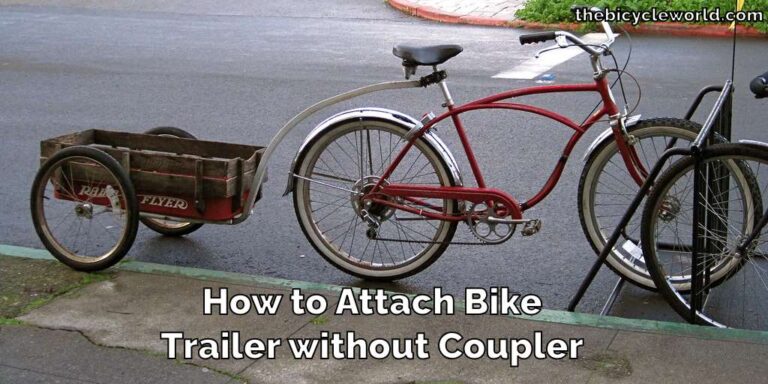How Much Does It Cost to True a Bicycle Wheel
Keeping your bicycle in good shape is crucial if you love cycling, whether it’s for fun, as your main way to get around, or as part of your daily routine. One key task is making sure your bicycle’s wheels are straight and balanced.
This process is known as “truing” the wheels. In this article, we’re going to talk about the importance of truing bicycle wheels and how much it might cost you.
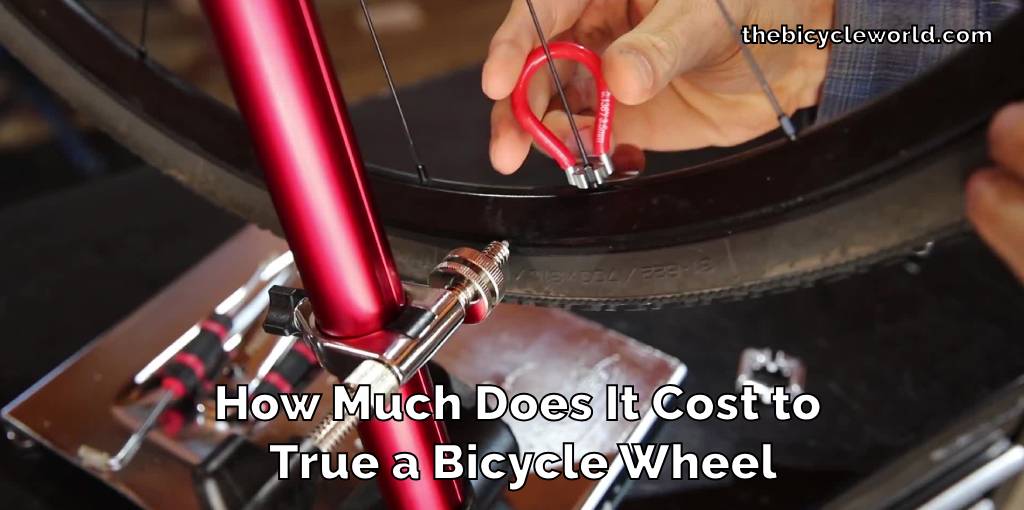
Truing a bicycle wheel can cost from $15 to $30 for basic adjustments, and $20 to $50 or more for advanced work, including spoke replacement. Prices vary based on the complexity of the service and location.
We’ll also look at the pros and cons of doing it yourself versus getting help from a professional. This guide How Much Does It Cost to True a Bicycle Wheel is for anyone interested in cycling, from beginners to experienced riders, and aims to provide clear and simple information on keeping your wheels in good condition.
Why You Need to True a Bicycle Wheel?
When we talk about “truing” a bicycle wheel, we’re discussing the action of adjusting and aligning the wheel to make sure it spins straight.
This is crucial because as you ride your bicycle on various types of surfaces, it’s pretty common to encounter a range of obstacles — think about those pesky potholes, rough patches, and even curbs that can’t always be avoided.
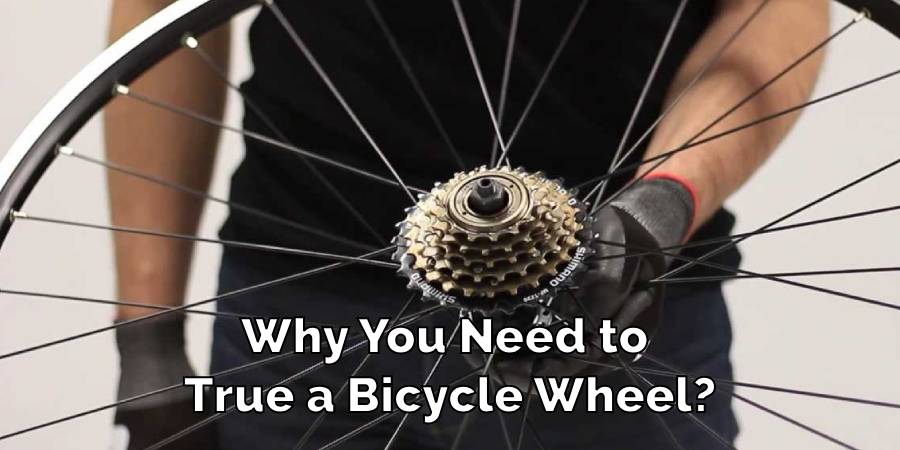
These small, often unnoticed incidents can cause the wheels to become slightly bent or misaligned over time. Now, when your wheels aren’t perfectly aligned, several issues arise. First, your ride won’t be as smooth and straight as it should be, making your journeys less enjoyable and more strenuous.
Next, misaligned wheels will wear down your tires unevenly and quickly, leading to more frequent tire replacements and adjustments. Moreover, the safety of your bicycle can be compromised as the stability is impacted by the misalignment, and no one wants to be on a wobbly bicycle!
Ensuring your wheels are properly trued not only enhances the quality and safety of your rides but also helps in elongating the life of your bicycle’s wheels, providing you with many more smooth and enjoyable rides down the road. This practice of regular truing allows your bicycle to perform at its best and supports in offering a reliable ride, every time.
How Much Does It Cost to True a Bicycle Wheel?
Let’s look at some real-life scenarios to understand better how much it might cost to true a bicycle wheel:
Local Bicycle Shop Example
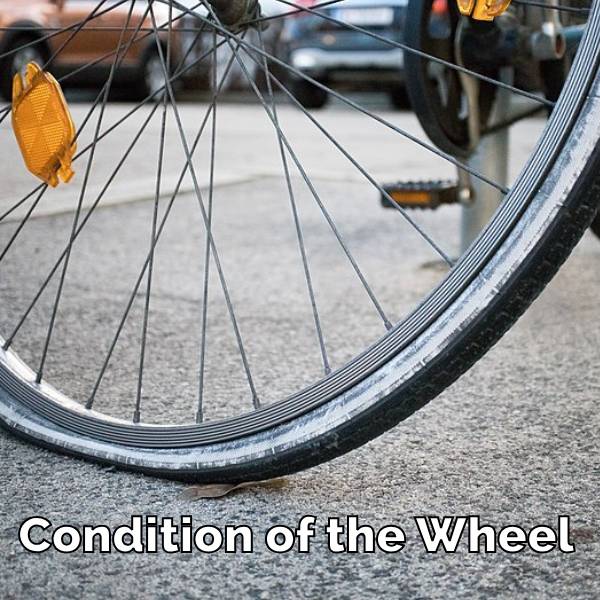
A friend recently visited a local bicycle shop because his road bicycle’s front wheel was wobbling. The shop quoted him $25 for the truing service. It was a straightforward job with no need for new spokes or other parts. He was happy with the service, and his bicycle rode much smoother afterward.
High-End Bicycle Shop Example
Another example comes from a high-end bicycle shop in a big city, known for dealing with more expensive bicycles. Here, the cost of truing a wheel was slightly higher, around $40. This price reflected not just the adjustment of the spokes but also a comprehensive check of the wheel’s overall condition, including the rim and hub inspection.
DIY Example
A cycling enthusiast decided to invest in a truing stand and spoke wrenches after regularly encountering bent wheels from mountain biking. The initial setup cost him around $100 for a basic truing stand and some essential tools.
Although this is a higher upfront cost, he learned to true his wheels, saving money over time. After watching several tutorials and with some practice, he was able to maintain his and his family’s bicycles, effectively bringing the cost per truing down to just his time.
Combination Service Example
In another case, someone needed a full service for their bicycle, including truing both wheels, adjusting brakes and gears, and replacing the chain. The total cost for this service was $120, with wheel truing being a part of the package. Considering the breadth of work done, the wheel truing portion was relatively cost-effective as part of the larger service bundle.
These examples show the range of costs and scenarios you might encounter when needing to tie a bicycle wheel. From local shops to DIY, the best option can depend on your situation, the complexity of the service required, and how often you find yourself needing wheel truing services.
How Often Should You True Your Bicycle Wheels
Navigating through the process of maintaining a bicycle, particularly the wheels, is pivotal for a smooth and safe riding experience. One might wonder: How often should you address the truing of your bicycle wheels, and what exactly is the method behind it? Let’s pedal into the details.
Frequency
Maintaining a routine check on your bicycle wheel alignment proves invaluable in the long run. The recommended practice implies a thorough examination every few months or following an unusually rough and adventurous ride, which might potentially compromise the wheel alignment.
Don’t wait for obvious issues like wobbles or strange noises to check – regular checks can prevent these issues from arising.
The Process
Truing a bicycle wheel might seem a bit complex but broken down into steps, it’s a comprehensible task. Here’s a basic run-down:
Mounting
Begin by placing the wheel securely on a truing stand, ensuring stability throughout the process.
- Spinning: Rotate the wheel and keenly observe any instances of wobbling or misalignment.
- Adjusting Spokes: Armed with a spoke wrench, start making adjustments to the spokes by either tightening or loosening them, aiming to rectify any visible misalignments, and ensuring that the wheel spins true.
A few Things to Remember
- Gradual Adjustments: Ensure that your adjustments to the spokes are slow and steady. Small, gradual changes often result in a more precise and reliable truing.
- Monitor Tension: Pay attention to the tension in the spokes. Over-tightening can distort the wheel or, in worse cases, snap the spokes.
Precaution While Truing a Bicycle Wheel
The mantra here is safety and precision! Ensure the bicycle is firmly secure when you’re working on it to prevent any accidental falls or shifts. Handle spokes with caution and patience, making sure to adjust them gradually and carefully.
Additionally, ensuring you’re working in a sufficiently well-lit space aids in better visibility and precision during the truing process.
When in doubt or if the task seems too daunting, never hesitate to reach out to a professional. It’s always preferable to seek expert advice rather than risking damage to your precious ride.
FAQs
Is It Worth Truing a Bicycle Wheel?
Assuredly yes, truing a bicycle wheel stands as a fundamental aspect of bicycle upkeep, holding paramount importance for a few crucial reasons:
Performance: A true wheel will offer a smooth and predictable ride, ensuring that your bicycle responds optimally when steering and braking.
Safety: Riding on an untrue wheel can be hazardous. A wobbly wheel may compromise stability, presenting potential risks especially when navigating through traffic or during high-speed descents.
Longevity of the Wheel: Regularly checked and trued wheels tend to sustain their structure and performance for a more extended period, safeguarding your investment in them.
What Is the Lifespan of A Bicycle Wheel?
A bicycle wheel’s lifespan typically ranges from 2,000 to 4,000 miles (3,200 to 6,400 kilometers), but it can vary based on several factors. The frequency of your rides, the terrain you cover, and the weight it carries can all impact its longevity. Potholes, rough roads, and heavy loads can wear it out faster. While a bicycle wheel can last several years, especially if you take good care of it, it’s essential to check it regularly for any signs of damage and get it serviced when needed.
Is a Wheel Truing Stand Worth It?
Deciding whether to invest in a wheel truing stand hinges significantly on your usage and future plans concerning bicycle maintenance.
For Regular Truers: If you find yourself often reaching for the spoke wrench and spending time ensuring your wheels are true, then yes, investing in a truing stand can indeed be cost-effective in the long run.
Owning a stand allows you to conveniently and efficiently address any wheel issues whenever they arise, without the need for a trip to the bicycle shop.
For Casual Cyclists: On the other hand, if your truing needs are infrequent, the initial investment in a truing stand (which can range between $50-$150 or more) might outweigh the occasional $20-$60 expense at a professional bicycle shop.
Conclusion
Grasping the significance of having properly aligned wheels and being aware of the expenses linked to them can significantly enhance your biking experience.
Whether you choose to do it yourself or seek professional assistance, maintaining your bicycle wheels in excellent condition is essential for a smooth and safe ride.
It’s crucial to keep in mind that regular maintenance is the key to ensuring your bicycle continues to perform well, and by making a modest investment now, you can avoid facing more substantial expenses in the future.
You may also read – How Much Does It Cost to Build a Bicycle
How to Carry Bike on A Scooter?
The swift agility of a scooter with the pedal-powered pleasure of a bike isn’t just…
Where To Put Keys While Cycling?
Hey there, cyclists! Keys might seem like a simple thing, but listen up – keeping…
How to Lock Multiple Bikes Together?
Heading out with friends or family for a bike ride? Great idea! But let’s not…
How to Carry Boxes on A Bike?
Choosing your bike over a car is kind to the earth because you’re not causing…
How to Carry Musical Instruments on A Bike?
On a venture where the harmony of biking intertwines with the rhythm of music, I…
How to Carry a Yoga Mat on A Bike?
Mixing cycling with yoga offers a unique blend of benefits, including a heart-healthy warm-up from…


